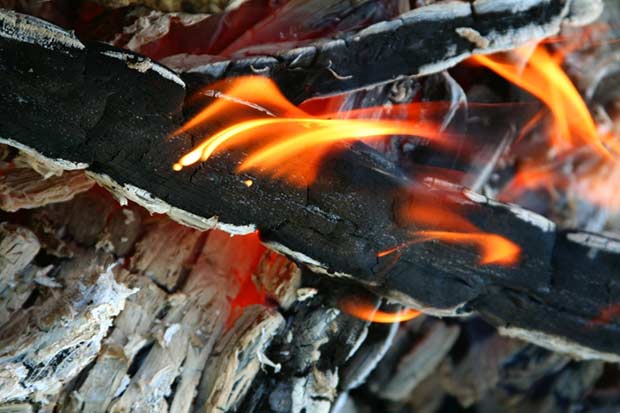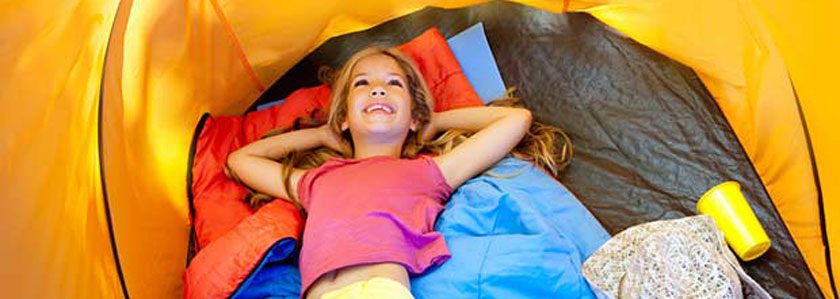Warmth consists of two factors: generating heat and retaining it. Despite what many people think, you don’t need expensive gear to accomplish this.
1. Insulate the floor
Use a survival blanket as a tent footprint. This reflects a certain amount of heat back into the tent, preventing it leeching away into the ground. Alternately or additionally, a thick layer of soft vegetation (dry leaves, ferns, moss etc) provides an insulating barrier.
2. Candle heater
A tea candle under an empty soup can (with air holes) surmounted by a small upended terracotta plant pot creates a cheap ceramic heater.

3. Fire reflector
Pitch your tent facing a rock face and build your fire in between, or erect a screen behind it (logs, rocks etc) to reflect the heat back. Make sure your tent is fire resistant! You can also use the fire to heat rocks to use as survival hot water bottles.
4. Heated floor
After making a large fire in a hole that’s the size of your sleeping bag, let it die to embers along with as many heated rocks as possible and cover with at least six inches of earth. Erect tent over the top.
5. Sleeping bag liners
A sleeping bag liner, in addition to laundry convenience, actually adds a few degrees to the temperature of your sleeping bag. The layering of a silk liner and a fleece liner, however, increases warmth retention greater than the sum of the parts.
6. Inflatable sleeping mat
Inflatable sleeping mats greatly insulate you from the ground, and the best now can inflate up to four inches thick, though they don’t fold up much more than a coke can.
7. Exercise before getting into sleeping bag
Don’t go to bed cold and hope to warm up: get warm first.

8. Wash your feet
This may seem counterintuitive, but washing your feet in icy water immediately prior to bed stimulates blood flow and actually warms you up. Try it!
9. Dress down rather than wrap up
Intuitively, when it’s colder we wear more in our sleeping bags, but this can actually be counterproductive, as the clothes retain your heat and the sleeping bag itself stays cold. Wearing only a little allows the sleeping bag insulation to trap your heat, so you actually stay warmer.


